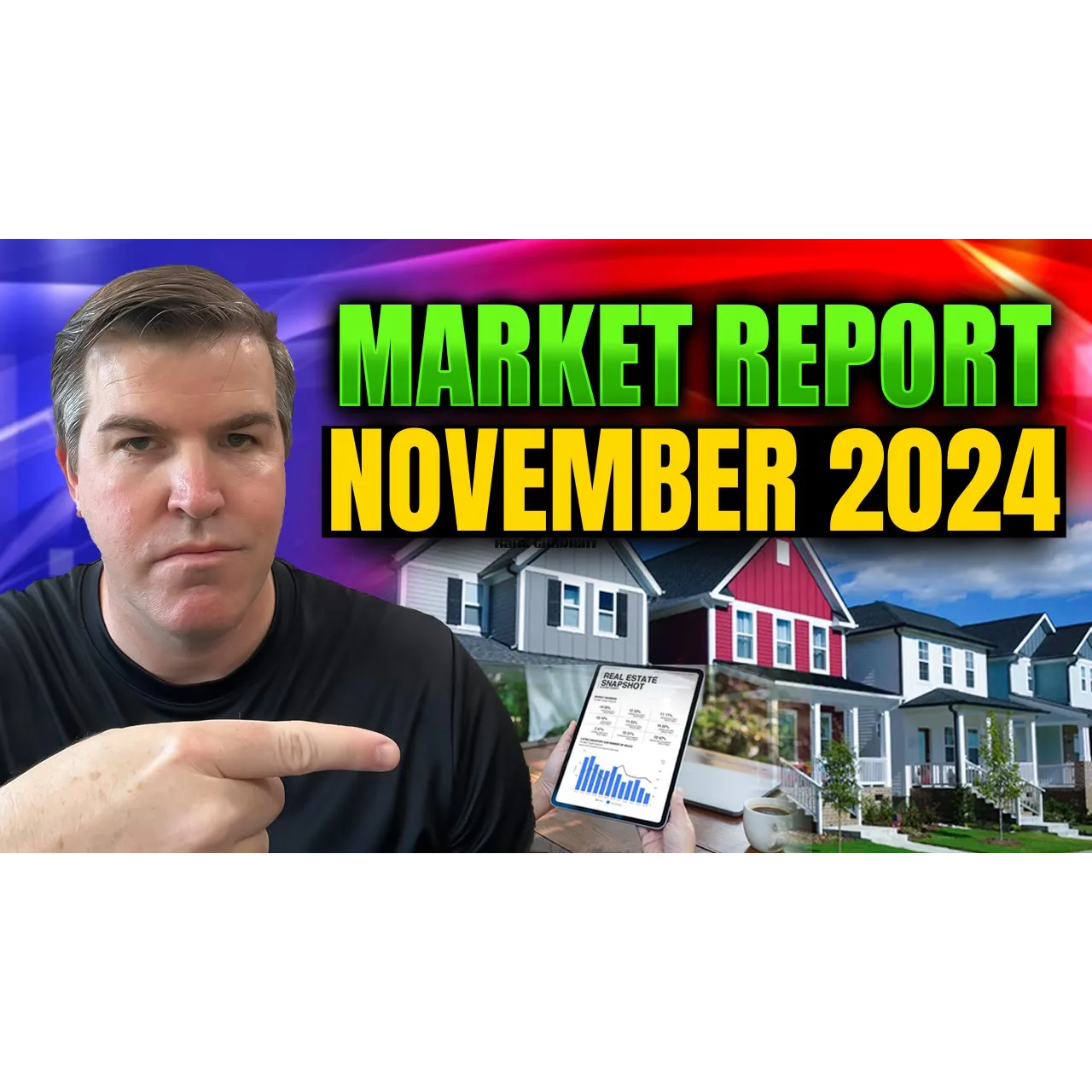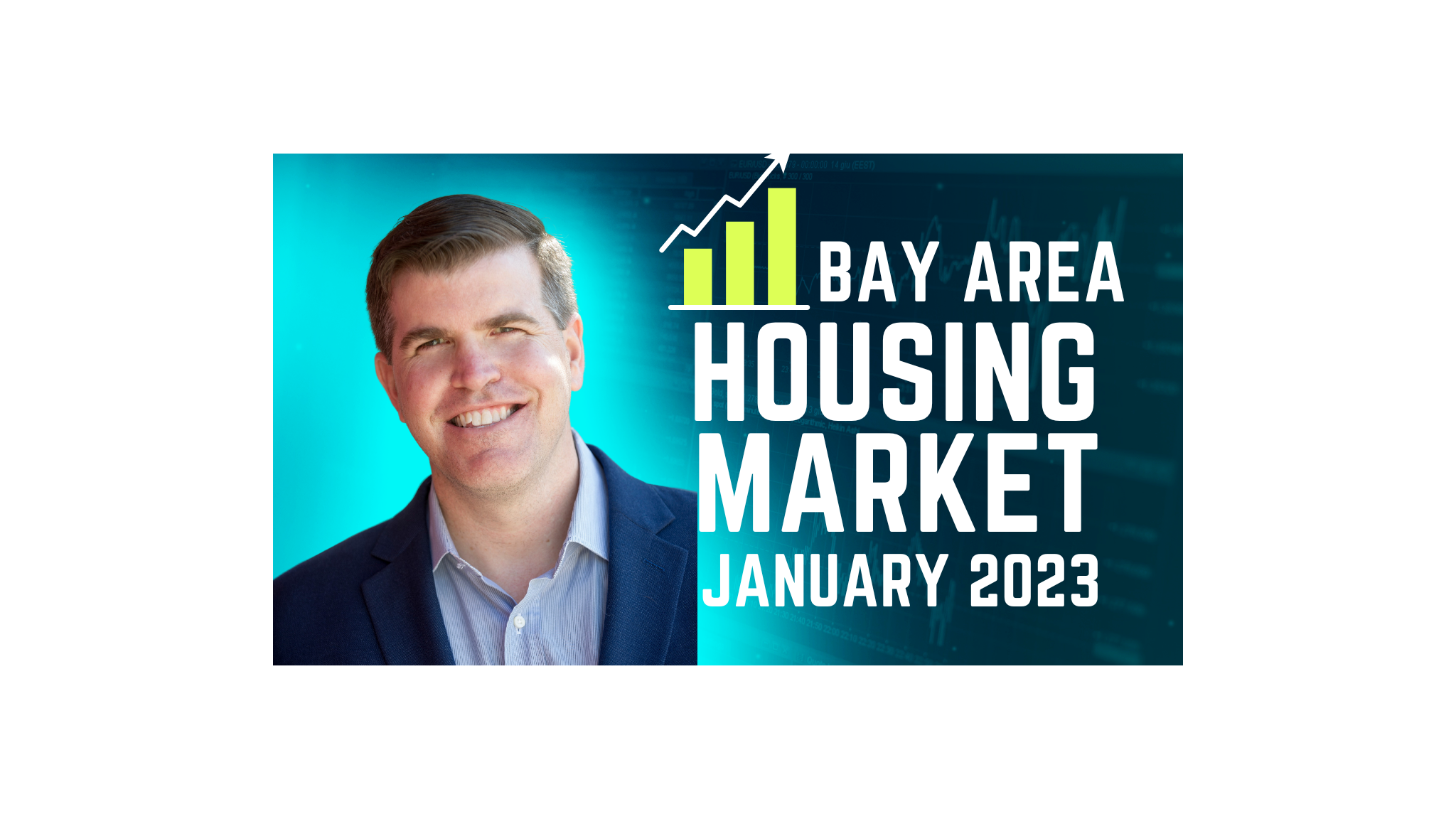Will Rising Interest Rates Cause a Crash in the Housing Market?
Interest rates are going through the roof just in time for the Spring housing season, does that mean the market here in the Bay Area is finally shifting?
The short answer to whether a market shift or collapse is coming to the Bay Area housing market is no. Especially not anytime soon. While many casual observers are seeing a housing bubble In the Bay Area much like prior to the subprime crisis in 2008, the reality is that the fundamentals now are completely different now than they were in 2008.
Let’s start with supply and demand. In order for the market to reverse there will need to be some combination of a substantial increase of supply and a significant reduction in demand.
To put into perspective where things are right now, let’s look at the absorption rate which is the best measure of supply and demand in real estate. The absorption rate measures the number of sales against the number of available properties in a given period, with any rate in excess of 33% generally defined as a seller’s market. In March, the absorption rate in San Mateo and Santa Clara counties for pended sales closed the first quarter at 128.3%, soaring to 175.2% in March.
The last time the quarterly absorption rate fell below 33% in those combined counties was in 2011. As the absorption rate shows, a substantial amount of upheaval in the current market will need to take place to change the dynamics of the market.
Given that, let’s take a look at interest rates. As of April 11th the average 30 year fixed mortgage rate sits at 5.25% according to Mortgage News Daily. That’s up over full point in just a month and marks only the second time the rate has exceeded 5 percent since 2011.
The jump in interest rates has been swift and was triggered by a quarter point increase of the federal funds rate by the Federal Reserve in March. Buckle your seatbelts because the Federal Open Market Committee now expects to raise the rate at each of its six remaining meetings this year.
So, are the rising interest rates enough to cause an upheaval in the market? There will certainly be an impact on the demand side, but let’s look first at the supply side where inventory is currently extremely low and has been trending downward. Year over year monthly inventory throughout the Bay Area has fallen 27 months in a row.
Let’s compare with what happened in 2008. In 2008, there was an influx of supply that hit the market due to foreclosures and short sales and demand simultaneously dried up as subprime lenders collapsed and access to credit became harder. Mortgage rates throughout the 2000s were between 5 and 7 percent, much higher than they have been for the last decade, particularly recently where we have seen record lows within the last 2 years. In the 2000s risky adjustable rate mortgages with balloon payments were prevalent, they are not right now.
In stark contrast to the last bubble, homeowners now are predominantly locked into fixed rate mortgages at record low rates as many have taken advantage of refinancing opportunities. Due to appreciation and enhanced lending standards, most homeowners now hold a substantial amount of equity in their homes.
In 2008 many homeowners were underwater and facing balloon payments that they couldn’t afford. In contrast, today, homeowners have substantial home equity and are locked into mortgage payments that are well below the current market rate. In essence, many are locked into a standard of living that they wouldn’t be able to afford on the open market.
With no external pressure to sell, the question becomes, where is the additional supply going to come from? Sellers who need to finance a new property will likely face paying rates 3 plus points higher than their current payment, plus the possibility of a large capital gains tax bill. In that aspect, the interest rates could potentially depress supply. Sellers moving out of the Bay Area to cheaper markets are the strongest candidates to sell, but that’s already the case. Same with sellers looking to downsize and use their equity to pay cash on their new property. Perhaps others could sell to gain access to liquidity given the high rates and investors could take advantage of 1031 exchange sales. Even so, a large increase in inventory doesn’t appear to be forthcoming.
On the demand side, the people who are most impacted by the rate increases are buyers who need financing to enter the market or move to a more expensive house. These are precisely the people who are disproportionately losing out currently in bidding wars, and the rates may push these people out of the market, and perhaps out of the area completely.
Some buyers looking to purchase second or third homes by taking advantage of low interest rates which was a feature, particularly during the pandemic will likely leave the market as well, those a good number of these buyers could choose to pay cash for these homes.
While the exodus of these buyers from the market will soften it somewhat, given that supply is likely to remain extremely low, how much of an impact will it truly have? Investors who have been very active recently figure to continue to be active because real estate is considered a good hedge on inflation.
On a broad scale, while I expect absorption rates to fall as interest rates increase and the pace of home appreciation to slow, I don’t expect there to be a major correction in the housing market. There’s simply too little supply and too much intrinsic demand here in the Bay Area. I do expect the market to soften, and potentially decline in some areas as a result of the interest rate increases. Areas of the Bay Area with lower general demand, particularly those where demand is high for second and third homes could soften. The condo market, which is already comparatively weak, is likely to soften significantly. Some areas in the East Bay which are the tip of the spear for entry level home buyers may also suffer from reduced demand.
For buyers who are looking to get in the market, I strongly encourage you not to wait hoping for the market to crash. If you can afford to buy now, you should do so and get in the market before the increasing rates price you out completely. Interest rates are trending upward and will continue to do so for the foreseeable future. While today’s 5 percent rate doesn’t look good compared to the rates in the 2 percent range last summer, it is likely to look pretty good by the end of this year where rates could be in the 7 percent range.
Sellers remain in the driver’s seat. Due to changing market conditions I wouldn’t expect the same rate of appreciation over the last few years, particularly on entry-level homes. If you have an entry-level home, now may be a time to consider selling as you’re close to the top of the market, but it depends on your cash position and your goals. If you’re thinking about leaving the area, now is the ideal time to sell in my opinion. At this point, if you sell, you will get a premium for your home.
Recent Posts











